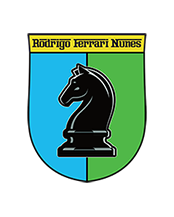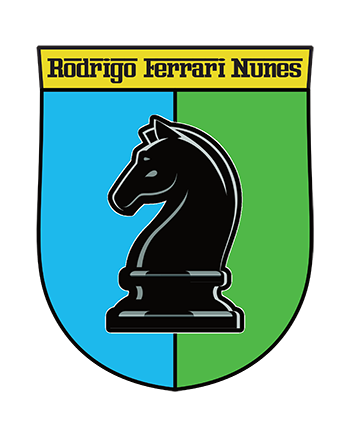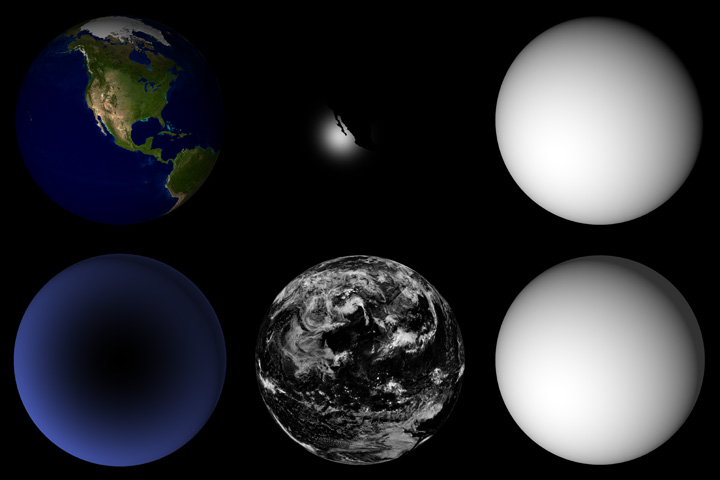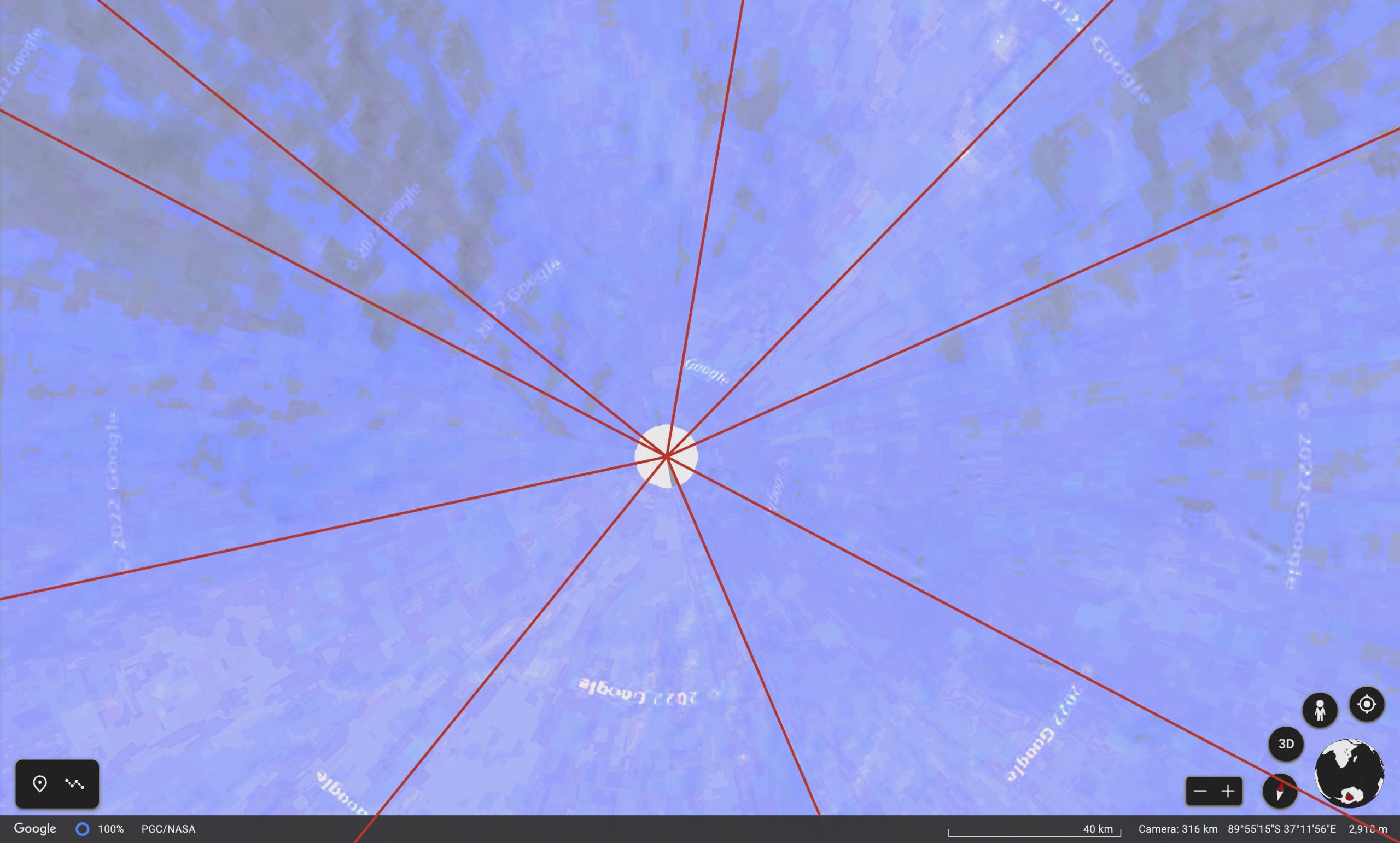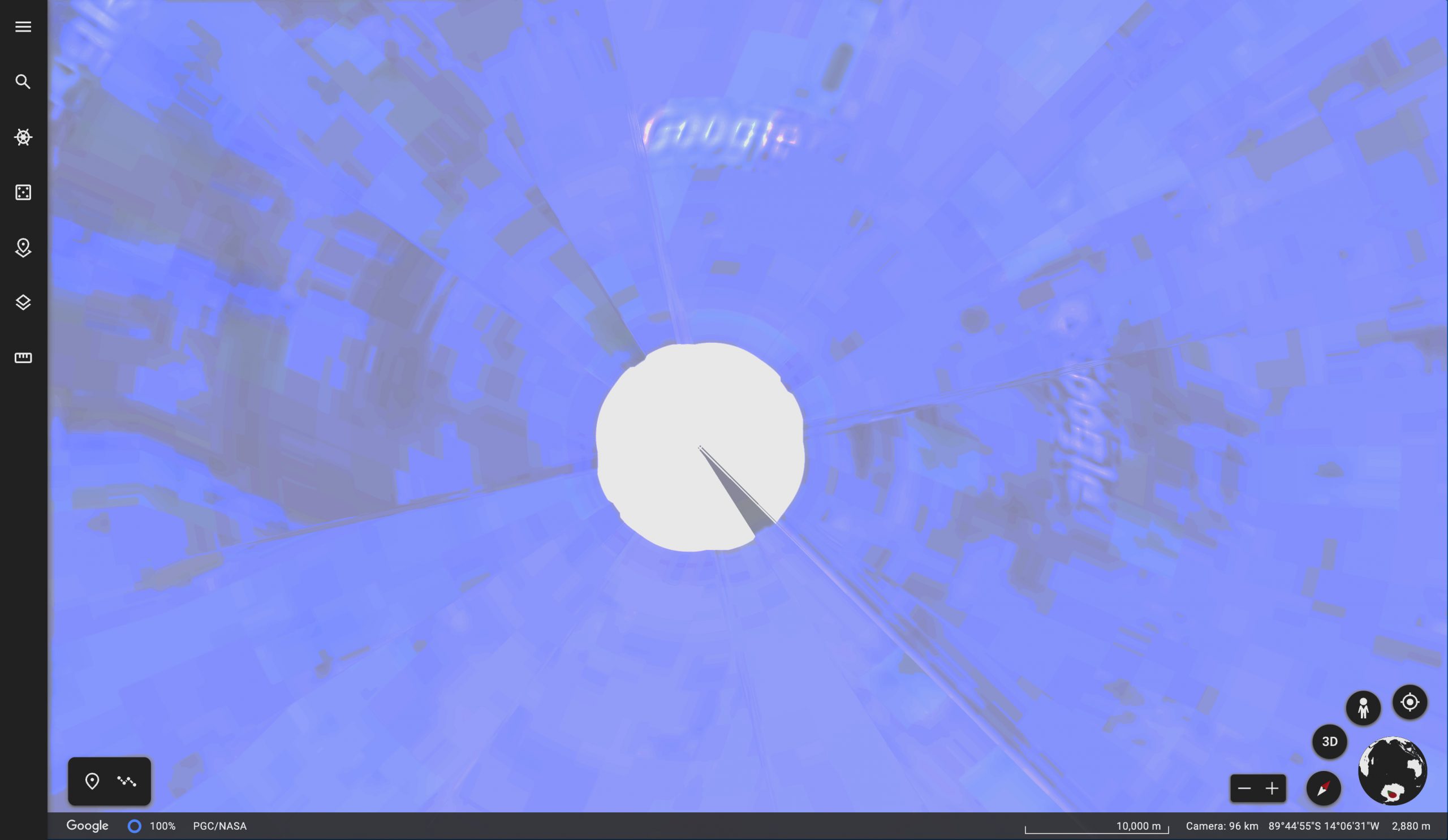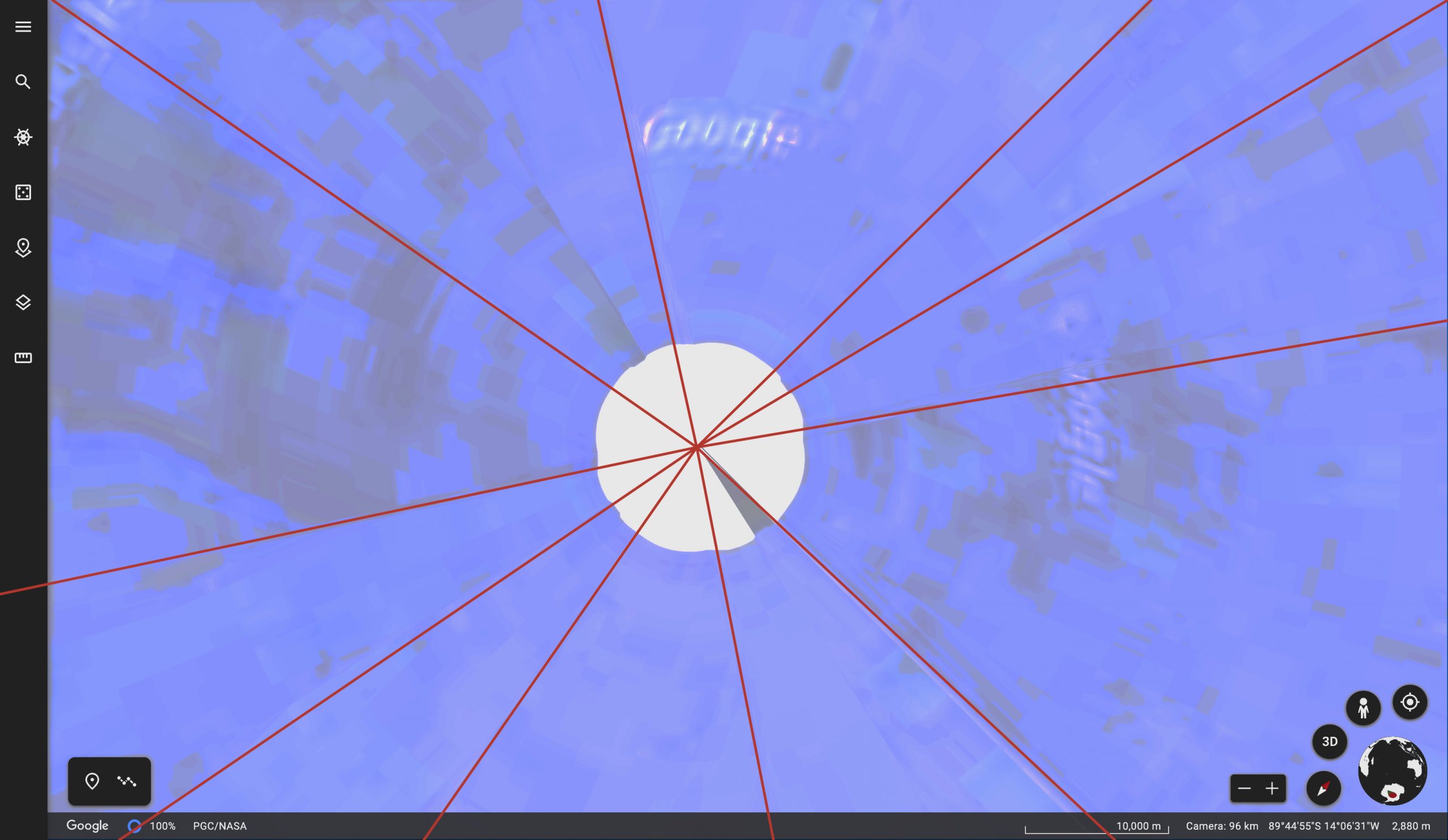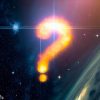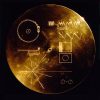In this article, I examine the issue of image manipulation and its potential implications for scientific integrity. I analyze a video exposing image malpractice at Stanford University, which revealed the use of manipulated images to support scientific claims. I also explore the case of Robert Simmon’s admission of artificially wrapping flat maps around a virtual ball to create the famous Blue Marble image.
These examples highlight the need for transparency and objectivity in scientific visualizations and raise questions about the prevalence of scientific fraud in image representations. The discussion underscores the importance of critical thinking and evidence-based analysis in evaluating scientific claims and visual representations.
Exposing Academic Fraud: The Stanford Neurobiology Scandal
In the video “Academia is BROKEN! – Stanford President Scandal Explained”, Pete Judo discusses the case of Mark Tessier LaVine, the president of Stanford University, who has been caught committing data fraud. LaVine is a neuroscientist known for his allegedly groundbreaking research on brain development and its implications for Alzheimer’s disease. Obviously, given that his research career is suspicious to say the least, his findings and theories should be also unreliable.
Theo Baker, an 18-year-old freshman and journalist from Stanford Daily Newspaper, took it upon himself to investigate the allegations against LaVine. Baker reached out to Elizabeth Bick, a biologist and scientific fraud investigator, to examine LaVine’s research for malpractice. Bick’s findings reveal a series of suspicious practices in LaVine’s published papers.
In order to prove malpractice took place, Bick examined images and data that appeared in LaVine’s publications. Bick proved that the Western blots in which LaVine’s papers relied on had been manipulated. Western blots is a technique used in biology to study proteins. In one instance, two different manipulations of the same data resulted in identical results, which is statistically impossible and indicates fraudulent reporting.
Bick discovered that certain images had been copied and pasted in different sections, attempting to present them as separate experiments or observations. Some images were rotated or mirrored to create the illusion of distinct results when, in reality, they were the same.
Judo’s video discusses the “publish or perish” culture in academia, which puts immense pressure on researchers to publish papers and secure funding. This pressure leads some academics to make bold claims or manipulate data to support their theoretical standpoint and achieve recognition in their field. Moreover, in the so-called life and biological sciences, many academics are linked to for-profit corporations, and have therefore no credible independence. A vast proportion of their work might be considered fictions that support a particular section of the medical industries.
Theo Baker’s investigation highlights the catastrophic failure of the traditional peer-review process to catch such fraudulent practices. The fact that an 18-year-old student from a student-run newspaper exposed the fraud raises concerns about the effectiveness of academic oversight and accountability.
As someone with scientific and philosophical training, I understand the necessity of conducting thorough analyses and critically evaluating claims. Regardless of the presenter’s credentials, it is essential to rely on evidence rather than blindly accepting expert opinions. Evidence and transparency hold paramount importance. It is crucial to scrutinize all discrepancies and signs of manipulation before accepting images as evidence for claims people make in their roles as self-proclaimed scientists.
The Power of Visual Representations: Discerning Authentic Evidence
When confronted with images presented as natural representations, I am vigilant for any indications of manipulation, such as copy and paste or other alterations. Critical analysis and the verification of claims based on imagery requires precision and integrity. Deviations from this standard raise concerns about the authenticity and reliability of the image in question.
As an advocate for objectivity and unbiased inquiry within limits, I base my conclusions on the actual evidence at hand. It is not sufficient to trust the authority of an expert or the alleged consensus within a group; rather, I strive to assess the data’s legitimacy independently and to share the logical process behind my interpretations. Even images with high-profile endorsements or claims should be subjected to rigorous examination, keeping in mind the potential for personal biases or financial interests to influence their presentation. In fact, we should apply rigorous scrutiny to anything presented as data, regardless of who endorsed or came up with it.
In a world where visual representations hold significant sway over public opinion, it is imperative to approach images with a critical mindset. My expertise empowers me to discern between authentic evidence and manipulated visuals, ensuring that I do not fall prey to deceptive presentations. I take on the responsibility of using what I know to contribute to the pursuit of knowledge and understanding. As anyone else, I have the right to form and voice my own opinion.
I also do not care if others do not agree with me or do not understand my position. I recognize that most people are not familiar with the history of the colonial cosmology in the same level of detail, and therefore rely on their imaginations. If critics decide to attack me personally instead of scrutinizing my arguments and the evidence I present, they cannot be taken seriously regarding this complex theme – analyzing the colonial cosmology and its tenets. In most cases, they are the victims of stigma, peer-pressure, cognitive dissonance, and judgmental emotionality, all of which make them uninformed critics. They are also not to blame for their lack of experience in this field, and it is important to exercise respect and tolerance for their epistemological limitations.
From Stanford Fraud to Floating Space Balls: A Call for Vigilance and Transparency
We have established that when an image presented as scientific and authoritative shows signs of manipulation, it was created to make a particular impression, and it cannot be taken seriously as a verifiable representation of nature. Let us examine another set of images that show clear and verifiable signs of manipulation: alleged images of the Earth from space.
In particular, the 2002 Blue Marble image, often hailed as the ultimate proof that we are standing on a spinning spherical planet, deserves close scrutiny. Despite the image’s iconic status, finding instances of copy and paste or other forms of alteration, calls into question the image’s authenticity and all the claims it seeks to support.
It is essential to remember that relying on manipulated images to bolster theoretical arguments undermines the very foundation of scientific integrity. Regardless of the author, arguments that rely on doctored images are not credible unless they are about techniques of doctoring images.
In the pursuit of knowledge, critical thinking and a commitment to objective inquiry are important. In addition, any professional should be able to disclose personal biases, theoretical leanings and other particularities to highlight their position in relation to the subject We must challenge assumptions and examine evidence rigorously, irrespective of the sources from which it originates. By adhering to these principles, we highlight the integrity of our own research and make it open for scrutiny. Only people who have something to hide would not welcome critiques and improvements into their work.
Fiction Meets Reality: The Tale of Mr. Blue Marble
In Robert Simmon’s own words, he admits that the process of creating the famous Blue Marble image involved not just presenting raw data but also adjusting the visuals to match “people’s expectations of how Earth looks from space.” This admission is crucial and raises concerns about the authenticity and accuracy of the image. The implication here is that the goal was not to present an objective representation of the Earth based on scientific data but rather to cater to public perceptions and preconceived notions of what our planet should look like from space.
Such an approach is deeply problematic from a scientific standpoint. Scientific images and data should be presented in an unbiased and transparent manner, adhering strictly to the principles of accuracy and objectivity. By adjusting the imagery to fit preconceived notions, Simmon and his team introduced subjective and imaginary elements, undermining the credibility of the image as a scientific representation of reality.
The Blue Marble image has been widely circulated and celebrated as an iconic representation of the floating and spinning globe, the colonial cosmology’s main faith-based mythical proposition. However, knowing that the image was tailored to meet public expectations also raises questions about the fidelity of other images and visualizations presented by space agencies and scientific institutions. If one image, as significant as the Blue Marble, was manipulated to appeal to the public, it begs the question of how many other images might have undergone similar adjustments.
This manipulation of imagery not only hinders our understanding of the Earth but also perpetuates the colonial cosmology, where people are presented with idealized and visually appealing representations rather than objective scientific data they can scrutinize. The challenge is discerning what is real and verifiable from what has been altered to fit a particular narrative or perception.
Challenging the Colonial Cosmology: The Case of Manipulated Earth Images
Uncovering instances of manipulation in images of Earth from space has led me to question the very foundations of the colonial cosmology and find greater value in ancient, indigenous, and shamanic cosmological ideas. The presence of such manipulation raises profound doubts about the authenticity of these visuals and the narratives they support. Similarly to the case of Mark Tessier LaVine at Stanford University, it appears that alleged images of Earth from space have been intentionally altered to preserve a specific worldview and prevent us from exploring alternative possibilities.
By presenting these manipulated images as authentic representations of our planet, proponents of the colonial cosmology seem to perpetuate a narrative that keeps us confined within a particular way of thinking. This obscurantist approach hinders independent scientific inquiry and restricts the potential for new perspectives and discoveries. As a traditional deceptive practice that is undetectable to the general public, it limits people’s ability to examine their surroundings and question the various baseless mythological claims made in the name of the colonial cosmology and its modern science monolith.
The use of manipulated images to support ideological stances, especially in scientific matters, is troubling. In an age when information is filtered, censored and controlled, and people are treated as numbers and statistics, ignorance regarding production and image manipulation techniques puts most people in a vulnerable position. The dissemination of misleading visuals has an overwhelming impact on the unsuspecting public, distorting their perceptions.
By challenging images that display clear signs of manipulation, I aim to ensure that at least my own understanding of the world is built on solid ground. Ultimately, the existence and popularity of manipulated images call us to engage in a broader dialogue about the role of visual representation in shaping our perceptions and beliefs. Moreover, something is quite wrong when fraudulent science is celebrated while true open enquiry is censored.
To counteract this, it is crucial to uphold evidence-based inquiries and to foster critical thinking. Establishing a distinction between particular assumptions and verifiable facts, often blurred among the general public, is essential. By investigating the manipulated imagery and cosmological claims that come from allegedly official sources, we are not as vulnerable to the fictions that accompany them.
We should also consider the content of the images and of the stories that accompany them, along with the motivations and biases of those who present them. However, academics often become emotionally invested in theoretical assumptions and paradigms and, as a result, lose the ability to incorporate critiques and test their own models and arguments. One of the effects of the colonial cosmology on those who unwittingly absorb its many fallacious premises, is the confinement of their minds in a state of cosmological dependence and powerlessness. Regarding all issues beyond cosmology, the same people are intelligent and functional enough to carry their daily tasks and responsibilities. Thus, the inability to pick apart cosmological claims, examine and test them, does not render believers dysfunctional.
Science, at its core, should empower us to independently test and explore the world, free from the constraints of mere conjecture and accepted lore. It should not confine us within a cage of unfounded narratives and fabricated tales.
Google Earth’s Enigma: Unveiling the South Pole Deception
I find the case of the South Pole images on Google Earth to be a compelling example of manipulation. Unlike images of populated areas that can be verified by direct observation and comparison with reality, the images of the alleged South Pole present a different scenario. They consist of a mosaic of collated images facing different directions, converging at an abstract point. Under the prevailing colonial cosmology, the belief in widespread satellite coverage in space, encompassing every corner of the Earth, is deeply ingrained. The fact that the resulting images have been collated, distorted and manipulated show they do not represent the allegedly pristine and natural landscape of the South Pole.
Until people are allowed to explore the area independently, our understanding of the true nature of these distant regions shall remain uncertain. Whether those in charge of creating and popularizing these maps have been misled themselves or are intentionally deceiving the population becomes secondary in light of the compelling evidence that speaks for itself.
In genuine representations, images from above should exhibit unspoiled and unaltered characteristics, showing no signs of manipulation or collaging. There is overwhelming evidence showing that these images have been doctored or at least compiled in a way that deviates from reality. This discrepancy leaves us with an unsettling question of whether the South Pole has indeed been accurately photographed or if it remains unverifiable.
The popular belief that Google Earth provides real and accurate representations of the world leads to an unquestioning acceptance of these images. However, the presence of manipulation calls for a more critical evaluation of the source and the methodology used to create these images. As with previous cases, the opinions of experts, while valuable in many instances, should not overshadow the importance of scrutinizing the evidence at hand.
To ensure that our understanding of the world is based on credible information, it is essential to remain vigilant and apply rigorous scrutiny to visual representations that claim to depict reality. By doing so, we can approach these images with an open mind and a discerning eye, ready to challenge any potential deception and gain a deeper insight into the truth.
The Power of Illusion: Image Manipulation in Scientific Pursuits
The manipulation of images appears to wield significant influence in securing funding for scientific pursuits that rely on numerous taken-for-granted assumptions and unverifiable premises, such as neurobiology, astronomy, and the mapping of Earth’s remote regions. The prevalence of manipulated images shatters any semblance of reliability and integrity of the data on which these scientific endeavors rest. The alarming prevalence of image manipulation in scientific research and in images that purport to represent the Earth naturalistically raises concerns about the accuracy and reliability of the claims that accompany them.
This analysis suggests that scientific fraud and malpractice may be more widespread than commonly perceived. Uncovering the true extent of these issues and untangling the problems with each questionable claim could take decades, if not longer.
Recent history has shown that scientific frauds can persist unnoticed for generations. A famous example is the famous Piltdown Man fraud, which remained in the British Museum as evidence for the missing link in Darwinian Evolution theory for over five decades. Darwinism has been known to be a deceptive application of imperialist, racist and capitalist principles into a reductive understanding of human nature since its very inception. Yet, it serves as a foundation for authoritarian and imperialist thinking, and so it remains important for keeping the dystopian system we live under in place.
Vigilance, transparency, and a commitment to empirical evidence are essential to safeguarding the integrity of scientific pursuits and ensuring that truth prevails over deception in the pursuit of knowledge.
REFERENCES:
Data Visualizer and Designer Robert Simmon never thought that he would become “Mr. Blue Marble.”
https://www.nasa.gov/centers/goddard/about/people/RSimmon.html
Crafting the Blue Marble
https://earthobservatory.nasa.gov/blogs/elegantfigures/2011/10/06/crafting-the-blue-marble/
Academia is BROKEN! – Stanford President Scandal Explained, by Pete Judo.
https://youtu.be/OHfVZ5rvxqA
